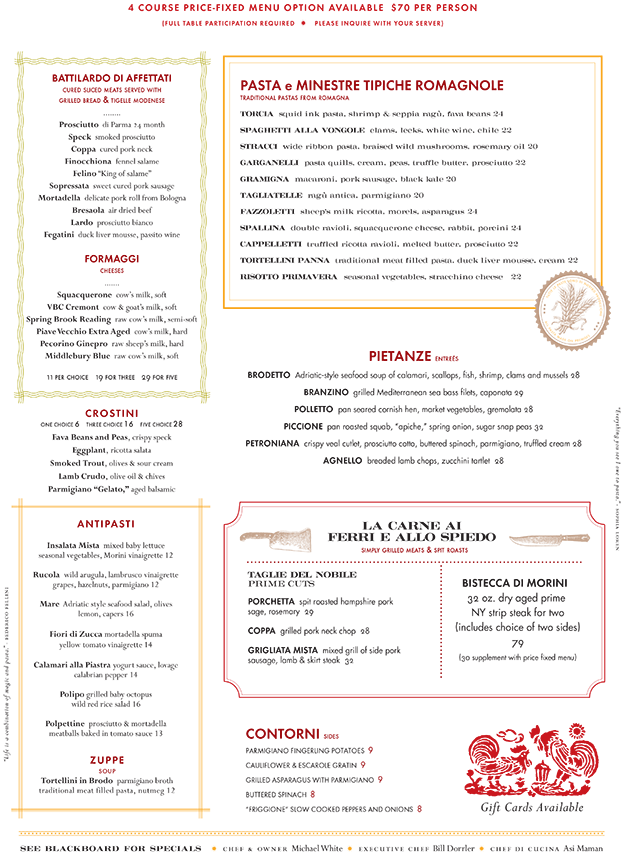How restaurants create menus: 4 design techniques

Nowadays, restaurants not only implement automation systems and study visitors using Google, but also pay more attention to design issues. Today we will look at several approaches that are used to create more attractive menus (traditional and, say, for viewing on the iPad).
In preparing the topic materials were used 99design and restaurant.org
Viewing patterns are always taken into account.
In the restaurant business for many years, it was believed that visitors are viewing the menu according to the script, which begins in the upper right corner of the sheet. Therefore, usually there are always the most favorable dishes and drinks for the establishment.

However, new eye-tracking studies by American experts have shown that, in fact, this is not quite so. The participants in the experiments were more inclined to read the menu as a book: first, the first page from top to bottom, then the second according to the same scheme:

Therefore, the most advanced restaurants in design issues now create their own menus taking into account the fact that the “attraction point” that users are looking at is not in the upper right corner, but on the left.
Ease of navigation: sections, typography, cells
The most traditional and common trick is to divide the menu into logical sections (salads, meat, desserts, etc.). Another way to highlight the most popular or business-critical dishes is to group them in a separate cell.

The process of interacting with the menu can also be facilitated by using different fonts. For example, establishments often write the names of dishes and their descriptions in different fonts - this helps customers better navigate. In addition, a stylish font gives the restaurant solidity. Also, in some countries, restaurateurs will soon be obliged to indicate the calorie content of the dish, it can also be highlighted in font.
Another important point - the use of food images in the menu only works if the pictures are really high quality.
This is not easy to achieve, so many even very expensive restaurants prefer not to include dishes in their menu.
The price is not written in large print
Various studies are being carried out, the purpose of which is to search for correlations between the size of the check and how the price is written in the menu. One recent study showed that visitors who were offered a menu with a price without a currency sign (dollar, euro, etc.) spent significantly more than those who indicated a price with such a sign ($ 3.99) or wrote it words ("five hundred rubles").

From the point of view of psychology, the latter option should have led to a greater increase in sales, but in practice this did not happen.
The color scheme speaks of belonging to a particular kitchen
Restaurants try to select the color scheme of the menu in such a way that it matches the theme of the restaurant. So usually steakhouses use dark colors, and, say, Mexican restaurants use brighter yellow, red and green.

In addition, the color of the food itself is very important - it should look natural, otherwise it will not look appetizing. That is why , in restaurants it is almost impossible to find food of non-standard bright colors. In nature, there is no blue pepper or meat, so a person instinctively does not want to eat them, respectively, they will not be offered to him.
